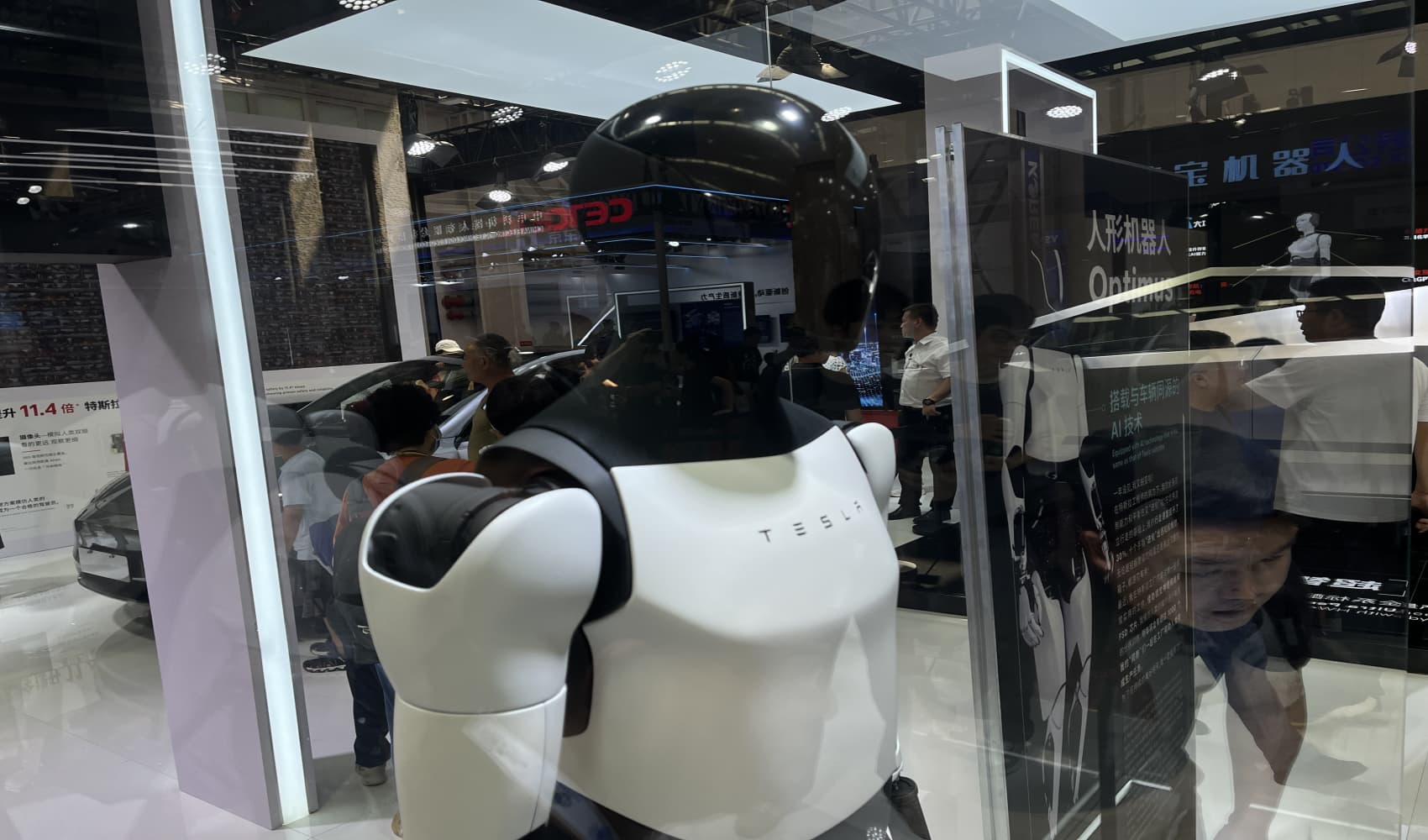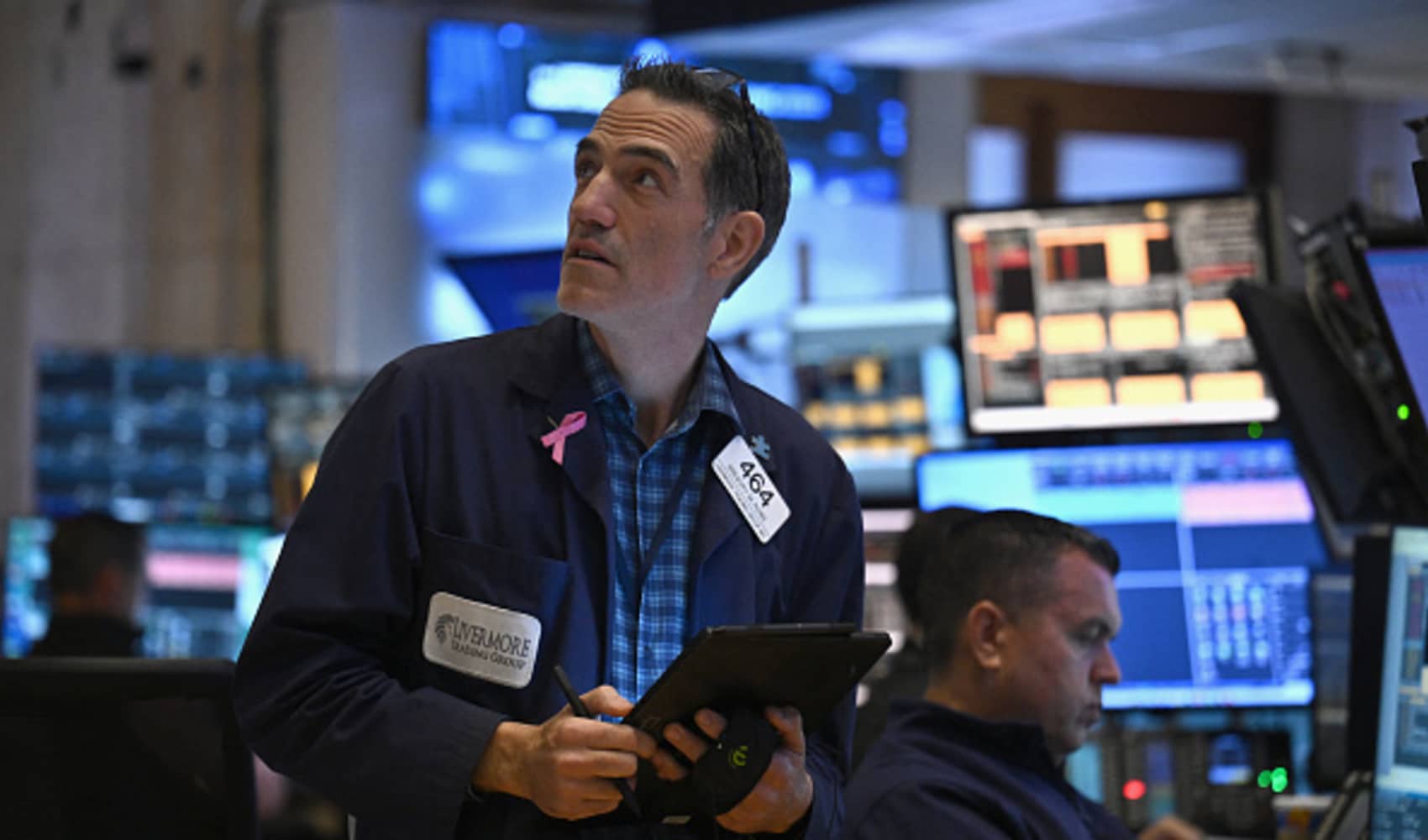
- Democrat Mark Farrell, former interim mayor of San Francisco, is proposing a 20-year vision to revitalize the city's downtown.
- Farrell is one of 13 candidates who have qualified for November's mayoral election, according to the San Francisco government website.
- Farrell is proposing a gross receipts tax incentive for businesses that relocate downtown and a second one for those who mandate workers come to the office four days a week.
With San Francisco facing record high commercial vacancies, one mayoral candidate has a plan to reshape the city's business district and surrounding areas.
Democrat Mark Farrell, former interim mayor, is proposing a 20-year vision to revitalize San Francisco's downtown in a bid to help the city bounce back from challenges exacerbated by the pandemic. His plan includes a new park at Embarcadero Plaza and mixed-use buildings that provide more housing options.
He's also proposing tax incentives for businesses that relocate to the area, and for those that mandate workers return to the office four days a week. The goal is to incentivize industries beyond technology.
"As I've traveled around the world and in our own country over the past few years for work, other downtowns and other cities have recovered from Covid," Farrell told CNBC in an interview. "Unfortunately, our city now ranks dead last in economic recovery post-Covid. And that, to me, is an embarrassment and it needs to change."
Get Tri-state area news delivered to your inbox. Sign up for NBC New York's News Headlines newsletter.
Commercial real estate vacancies in San Francisco hit a fresh high of 34.5% in the second quarter, according to a report last week from Cushman & Wakefield, up from 5% before the pandemic. Manhattan's vacancy rate for the quarter was 23.6%. Farrell's goal is to cut San Francisco's vacancy rate in half by the end of a first term.
Money Report
A key piece of Farrell's plan involves getting workers back into the city. Many of San Francisco's top employers, including Salesforce, Uber and Visa, have embraced hybrid work, with staffers coming in, at best, three days a week. On top of that, the tech industry has been battered by layoffs over the past two years, removing thousands of people from payrolls.
Under Farrell's proposal, business that relocate downtown would receive a gross receipts tax incentive, as would companies that compel employees to come to the office four days a week. Such mandates have seen pushback in some cities, most recently in Philadelphia, where unionized city workers lost a bid to extend further an in-person work deadline.
"Right now, if you come downtown, the issue is, is the lack of people; it's a shell of what it used to be," Farrell said. The incentives are designed to make sure "employees come back to work multiple days a week in the office to create that vibrancy that will really bring the future of downtown forward," he said.
Public safety is a major concern, as certain parts of downtown San Francisco are rife with drug use and homeless encampments. Farrell is calling for an increase in police staffing, adding that safety and street conditions impact every neighborhood, beyond San Francisco's downtown core.
On Tuesday, Elon Musk said he's moving the headquarters for X, formerly known as Twitter, to Austin, Texas, from San Francisco. X had already been looking to sublease most of its building in the city, and Musk posted on X on Tuesday, "Have had enough of dodging gangs of violent drug addicts just to get in and out of the building."
Conferences and tourism have also been slow to return to the city since the shutdowns that began in early 2020. The park at Embarcadero Plaza would be part of a plan to bring some of that back, Farrell said. He envisions a clean and open park outside of the Ferry Building to draw in workers, residents and tourists. He likened it to Mission Dolores Park, a San Francisco landmark.
For housing, Farrell's plan includes "aggressive tax-increment financing" and local incentives to drive faster housing development as well as conversion of commercial buildings to residential. Farrell is also seeking to increase height limits in neighborhoods including the Financial District, SoMA and Mission Bay to create "tens of thousands" of new units and residents, and encourage more housing in places like Union Square, which recently lost major tenants including Macy's and Nordstrom.
Farrell said the idea is akin to New York's Hudson Yards, which opened before the pandemic. That project was criticized for its hefty price tag, but has since turned into a success story with lower office vacancies than other Manhattan neighborhoods. Farrell said his proposal promises to be a revenue generator for the city but that it needs anchor projects.
"Right now the problem is downtown," Farrell said. "We don't have people working here. And it is a ghost town. And what that translates into is a loss of sales tax revenue, property tax revenue that is decreasing in major ways when buildings are selling for 10 or 20 cents on the dollar. At the end of the day, those resulting commercial property taxes are putting a massive hole in our budget here in San Francisco."
Farrell is just one of a number of well-known local candidates, including sitting Mayor London Breed, philanthropist Daniel Lurie and Board of Supervisors President Aaron Peskin. According to the city government's website, 13 people have qualified for the November mayoral election.
— CNBC's Ari Levy and Jordan Novet contributed to this report.






